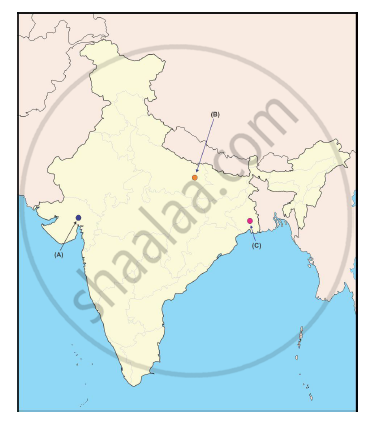Advertisements
Advertisements
Question
Describe the popular struggle of Bolvia.
Solution
Bolivia is a poor country in Latin America. The World Bank had pressurised the Bolivian government to relinquish its control of the municipal water supply. As a result, the rights
for the city of Cochabamba were sold to a multinational company (MNC). The MNC immediately increased the price of water fourfold. This caused a spontaneous protest which was not led by any political party.
A new alliance of labour, human rights leaders and community leaders soon emerged and organised a successful four-day general strike in the said city in January 2000. The government relented and agreed to negotiate, resulting in the calling off of the strike. However, the government went back on its word.
As a result an organisation consisting of local professionals, engineers, environmentalists, farmers, confederation of factory workers’ union, middle class students and street children formed the FEDECOR. They organised another strike in April, and the government responded by imposing martial law. However, the MNC officials soon had to free the city because of the continuous protests and the government had to agree to the demands of the people. The contract with the MNC was cancelled, and water supply was restored to the old municipality rates.
APPEARS IN
RELATED QUESTIONS
Three Features A, B and C are marked on the given political outline map of India. Identify these features with the help of the following information and write their correct names on the lines marked in the map:
A. The place where the cotton mill workers organized Satyagraha.
B. The place related to the calling off the Non – Cooperation Movement.
C. The place where the Indian National Congress Session was held.

Who had designed the 'swaraj flag' by 1921?
Explain the main features of this 'swaraj flag.'
Why did Mahatma Gandhi find in 'salt' a powerful symbol that could unite the nation? Explain.
Which one of the following statements is correct regarding 'sectional interest groups'?
Explain the idea of Satyagraha according to Gandhiji.
"The struggle of the Nepali people is a source of inspiration to democrats all over the world." Support the statement.
Explain with examples the role of industrialist in the freedom struggle of India.
"Multi-purpose projects and large dams have been the cause of many new social movements." Highlight the concerns related to such movements.
Why did Mahatma Gandhi launch the 'Non-Cooperation Movement'? How did this movement unite the country? Explain.
